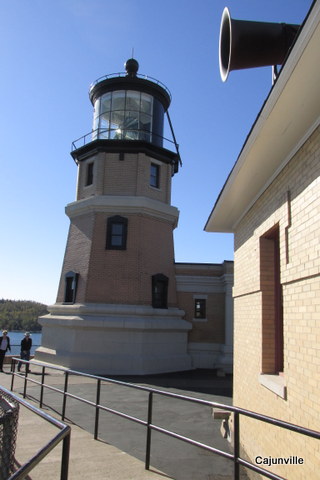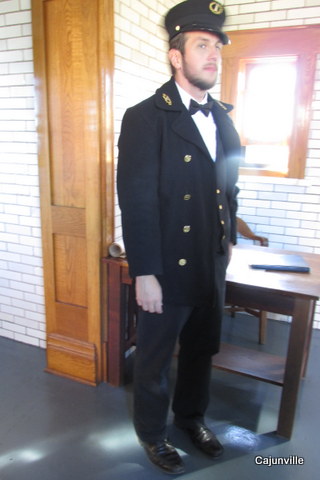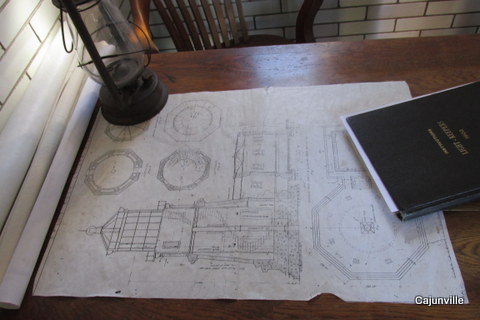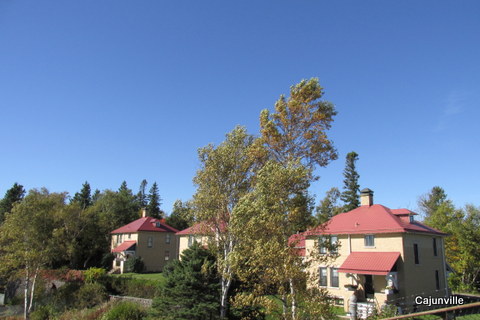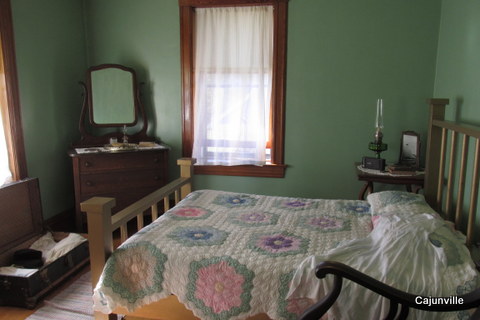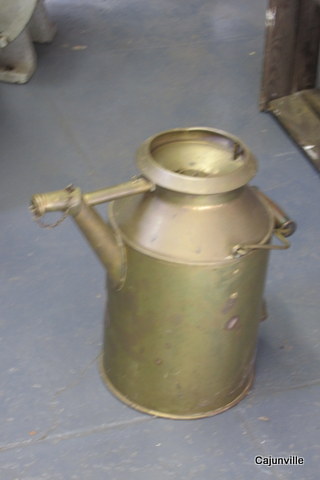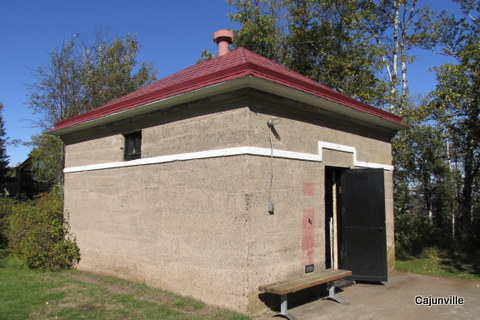 November gales on Lake Superior are a force to be reckoned with – feared and respected at the same time. The wreck that is probably the most know today is the Edmund Fitzgerald. She went down 17 miles off the Michigan coast of Lake Superior on November 10, 1975. All 29 crew members perished. While this wreck is in the forefront even having her story written in song by Gordon Lightfoot – “The Wreck of the Edmund Fitzgerald”; there were other gales and wrecks that forced the United States to take action.
November gales on Lake Superior are a force to be reckoned with – feared and respected at the same time. The wreck that is probably the most know today is the Edmund Fitzgerald. She went down 17 miles off the Michigan coast of Lake Superior on November 10, 1975. All 29 crew members perished. While this wreck is in the forefront even having her story written in song by Gordon Lightfoot – “The Wreck of the Edmund Fitzgerald”; there were other gales and wrecks that forced the United States to take action.
One such gale occurred on November 28, 1905 damaging 29 ships. Shortly after in 1907 congress approved a lighthouse and fog station to be built in the area of Stony Point, renamed Split Rock. The lighthouse served proudly from 1910 to 1969, when advances in technology made lighthouses obsolete.
Even before Split Rock became a scenic landmark in 1971, it had become the most visited lighthouse in the U.S. Today the facility has been restored to its 1920s appearance. There are four buildings on the property open for touring – keeper’s house, lighthouse, oil house, and fog signal building. Guided tours are offered which are included in your admission or you can self-tour. We chose to take a guided tour and learn as much history as possible then we meandered the grounds at our leisure.
We walked up the thirty two steps to view the large lens and wonder at its importance in maritime history. During Split Rock’s many years of operation, the beacon flashed every night at 10 second intervals. This beacon could be seen for more than 20 miles out onto Lake Superior. Today the Coast Guard prohibits the light being used for maritime purposes except on November 10th, to commemorate the sinking of the Edmund Fitzgerald along with all the other ships lost on Lake Superior.
On November 10th at 4:30 p.m. the names of the Edmund Fitzgerald’s 29 crew members are read as a ship’s bell tolls. Following the reading of names, the lighthouse beacon will be lit. This is the only time visitors are allowed to tour the lighthouse with the beacon lit. We wished we had been able to visit on that day, we know it would be a moving experience. Just thinking about what the beacon meant to ships on Lake Superior was moving in itself. Growing up on the Mississippi River, we remember hearing the fog horns and ship horns on many occasions. When we realize how vast Lake Superior is, we also realize how important a lighthouse and fog station was. And yes, the fog horn is still operable and it is LOUD. We were told if a ship could hear the fog horn, the captain knew he was in trouble.
After our visit to the lighthouse and its grounds, we did what almost everyone else does – go down to the shore to get that iconic picture of the lighthouse.


